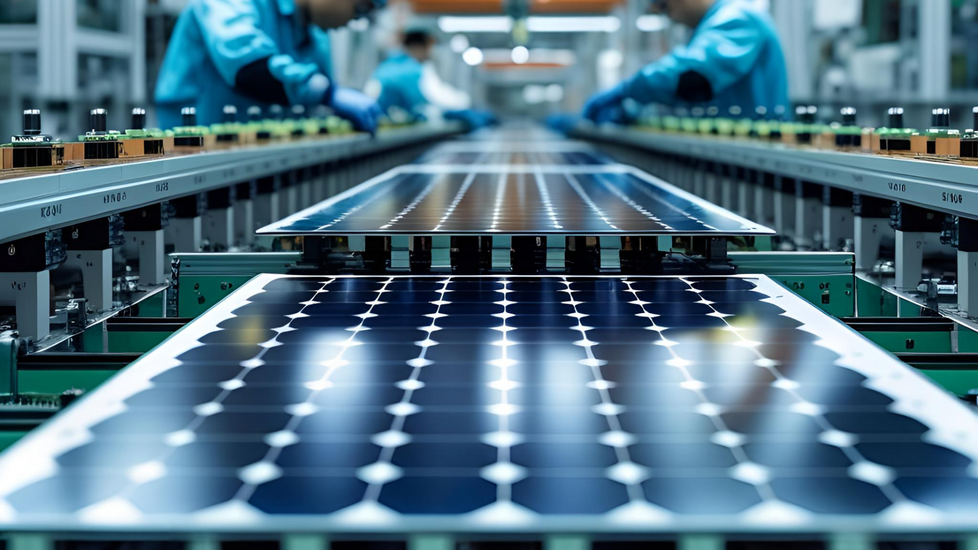Monocrystalline vs. Polycrystalline: Your Panel Performance Unpacked
Posted by Finn O'Connell, Senior Energy Systems Engineer, Big Shine LED on Jul 7th 2025
Alright, business owners, let's talk solar panels. You're looking to power your operations, cut bills, and boost sustainability. Excellent. But not all panels are created equal. My brain needs to break down the core differences. Knowing this helps you pick the right product for your site. No guesswork. Just facts.
The Silicon Story: Mono vs. Poly Cells
The main difference lies in the silicon cells:
- Monocrystalline Solar Panels (Mono): These cells come from a single, pure silicon crystal. Manufacturers grow a large silicon ingot, slice it into thin wafers, and then shape them into characteristic black, uniform-looking cells with rounded corners.
- Pro: Higher efficiency. Electrons move freely through a single crystal.
- Con: More complex manufacturing, typically higher cost.
- Polycrystalline Solar Panels (Poly): These cells are made from multiple silicon fragments melted together and poured into a square mold. As it cools, multiple crystals form, giving the cells a speckled, bluish appearance and square edges.
- Pro: Simpler manufacturing process, generally lower cost per watt.
- Con: Lower efficiency. Electrons face more resistance crossing crystal boundaries.
The Real Differences: What Matters for Your Business
Forget the marketing jargon. Here's what those silicon differences actually mean for your commercial solar project:
- Efficiency: Monocrystalline panels are the champions here. They typically boast 17-22% efficiency or higher. Polycrystalline panels usually fall in the 15-18% range.
- Impact: If your roof space is limited, mono panels generate more power per square foot. You need fewer panels to hit your energy targets. This means less roof space used, often simplifying installation.
- Cost: Generally, polycrystalline panels are more budget-friendly per watt. Their simpler manufacturing drives down the cost. Monocrystalline panels come with a higher price tag due to their purity and complex creation.
- Impact: If you have abundant roof or ground space and your budget is tight, poly panels can be a cost-effective way to achieve your desired total power output. You might buy more panels, but at a lower per-watt price.
- Temperature Performance: Solar panels lose a little efficiency as temperatures rise. This is called the temperature coefficient.
- Impact: Monocrystalline panels often have a better (lower) temperature coefficient. This means they perform slightly better in hot climates. Polycrystalline panels might see a bit more efficiency drop on scorching days. If you're in a hot zone, mono panels maintain performance better.
- Aesthetics: This might seem minor, but it matters for client-facing businesses.
- Monocrystalline panels are sleek and uniformly black. They tend to blend seamlessly with most commercial rooftops.
- Polycrystalline panels have a distinct blue, speckled appearance. They stand out more. Consider your building's visual impact.
Choosing Your Powerhouse: No One-Size-Fits-All
There's no single "best" panel. It's about matching the panel product to your unique site and budget.
- Limited Space? Prioritize monocrystalline for maximum power density.
- Ample Space & Tight Budget? Polycrystalline might be your cost-effective solution.
- Hot Climate? Lean towards monocrystalline for better heat tolerance.
- Aesthetics are Key? Monocrystalline's sleek black look wins.
At BSW Partner Hub, we don't just supply products. We help you cut through the noise. We analyze your needs, your site, and your budget. Then we help you find the right monocrystalline solar or polycrystalline solar solution to maximize your solar panel efficiency and drive those energy savings. Your project, simplified.

